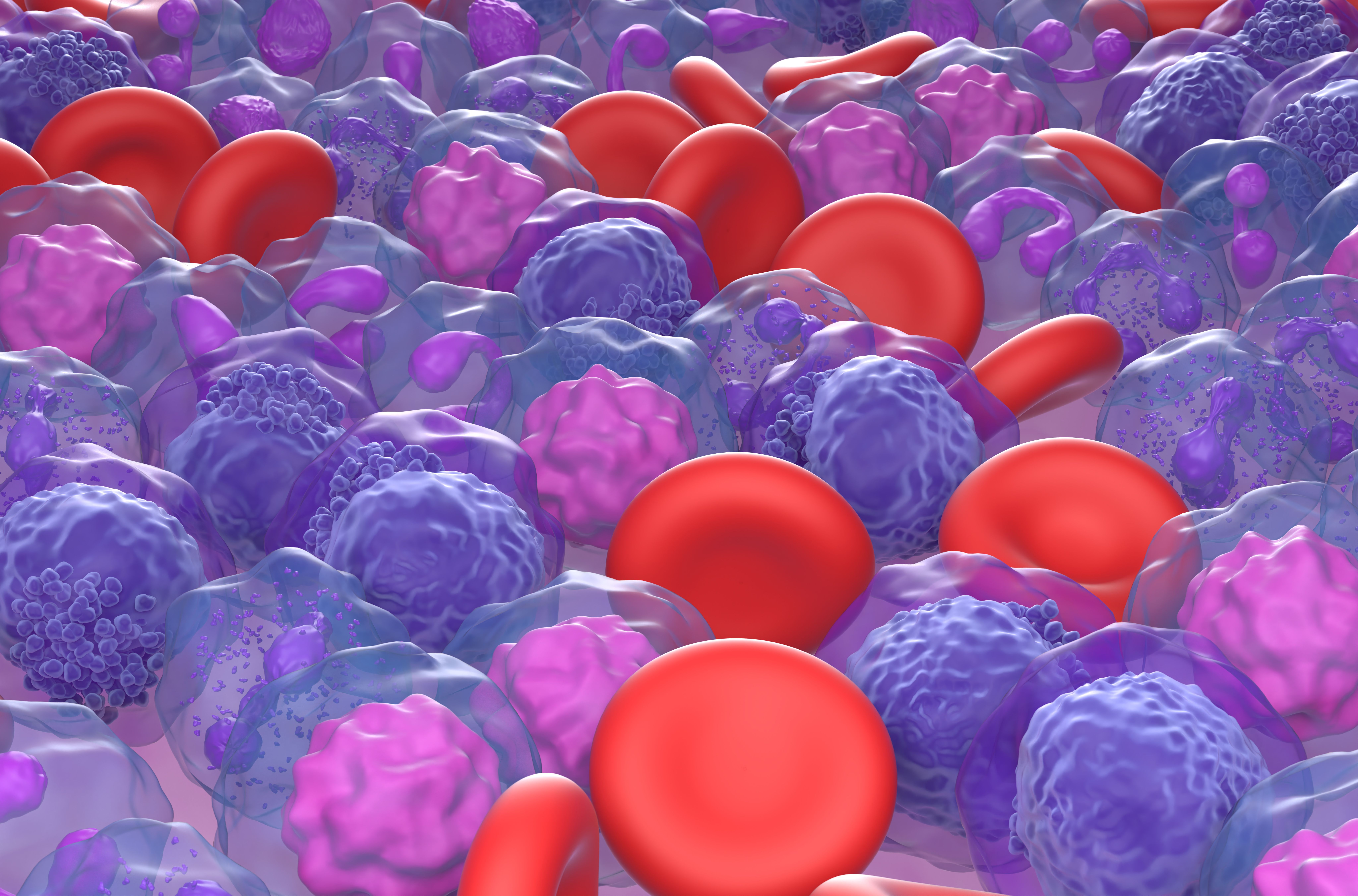News
Article
Diagnosis, Treatment Remain Challenges for Chronic Disseminated Candidiasis in Acute Leukemia
Author(s):
A case report of a patient with acute leukemia who developed chronic disseminated candidiasis revealed difficulties in diagnosing and treating the illness.
Proper care and an accurate diagnosis were difficult but deemed imperative to successfully treating chronic disseminated candidiasis (CDC) in a patient with acute leukemia, according to an illustrative case report published in BMC Infectious Diseases.
Candida species exist as part of the microbiome in up to 60% of healthy individuals; however, patients with hematologic malignancies are at an increased risk for invasive candidiasis. CDC can occur in patients with these malignancies after a period of prolonged neutropenia.
A high index of suspicion is necessary to make a diagnosis of CDC, as microbiologic data are often negative. Therefore, the investigators presented a case of an 18-year-old patient with B-cell acute lymphoblastic leukemia (B-ALL) undergoing chemotherapy who developed CDC. They aimed to describe classic manifestations of the condition, as well as outline common challenges involving treatment and diagnosis.
As part of the patient’s chemotherapy treatment, a regimen including vincristine, mitoxantrone, dexamethasone and intrathecal methotrexate was given. The patient developed neutropenic fever during admission, with repeatedly negative cultures.
Candida tropicalis | Image credit: Dr_Microbe - stock.adobe.com

The patient developed a left lower extremity skin nodule on day 38 of treatment, and a biopsy revealed a Candida tropicalis growth. A diagnosis of CDC was made based on the combination of the patient’s symptoms, and upon switching antifungal therapy to fluconazole, her fever resolved.
Once she was admitted again to receive treatment for her anti-neoplastic regimen, the course was interrupted by the return of non-neutropenic fevers with negative microbiologic workup. An ultrasound revealed new hepatic lesions and a larger number of splenic lesions, the investigators wrote.
Further lesions were found during pre-transplant imaging. The patient’s liver tissue specimen was sent for rRNA sequencing, which returned positive for C. tropicalis and confirmed the diagnosis of persistent CDC, according to the investigators. The patient began treatment with dual antifungal therapy and intravenous micafungin, and intravenous liposomal amphotericin.
A splenectomy was performed on the patient 6 months following the initial CDC diagnosis to reduce the burden of the disease. One month following the procedure, follow-up CT scans showed stable-to-mildly improved hepatic lesions and stable right kidney lesions.
Ultimately, the patient underwent allogenic stem cell transplantation (SCT) and passed away 32 days later after developing post-SCT multi-organ failure that was unrelated to CDC, the investigators wrote.
This case highlighted the common challenges of treatment and diagnosis of CDC in severely immunocompromised patients, the investigators summarized. They referenced a study of 292 patients with acute myelogenous leukemia, in which the incidence of suspected CDC was 3.8%, with a 36.4% 90-day mortality for these patients.
Though the pathophysiology of CDC is poorly understood, it is thought to be related to chemotherapy-induced mucositis and profound neutropenia, which allows the Candida species to enter the bloodstream and cause lesions to the liver and spleen.
The most common presentation of CDC that the investigators observed were persistent or recurrent fevers despite recovery of neutrophil and broad-spectrum antibiotic treatment. Other common symptoms include fatigue, nausea, and right upper quadrant abdominal pain.
Upon diagnosis of CDC, the investigators recommended a prompt initiation of anti-fungal therapy, in addition to either an echinocandin or a lipid formulation of amphotericin, followed by step-down therapy with fluconazole until imaging reveals a resolution of lesions.
The persistent presence of the patient’s lesions can be explained by the nature of CDC rather than antifungal resistance, according to the investigators. This is because CDC can cause the formation of granulomas that lead to the poor penetration of antifungal agents.
“It is imperative that providers remain aware of possible CDC in immunosuppressed patients with persistent fevers, especially after neutrophil count recovery and immune reconstitution. If CDC is suspected based on the clinical picture, prompt treatment must be initiated per guidelines without delay,” the investigators concluded.
Reference
Graeter A, Lee D, Handley G, Baluch A, Klinkova O. Chronic disseminated candidiasis in a patient with acute leukemia - an illustrative case and brief review for clinicians. BMC Infect Dis. 2024;24(1):296. doi:10.1186/s12879-024-09172-9

Treosulfan Regimen Approved for Allo-HSCT Conditioning in AML/MDS

Researchers Characterize Defining Feature of Pediatric AML Subtype


